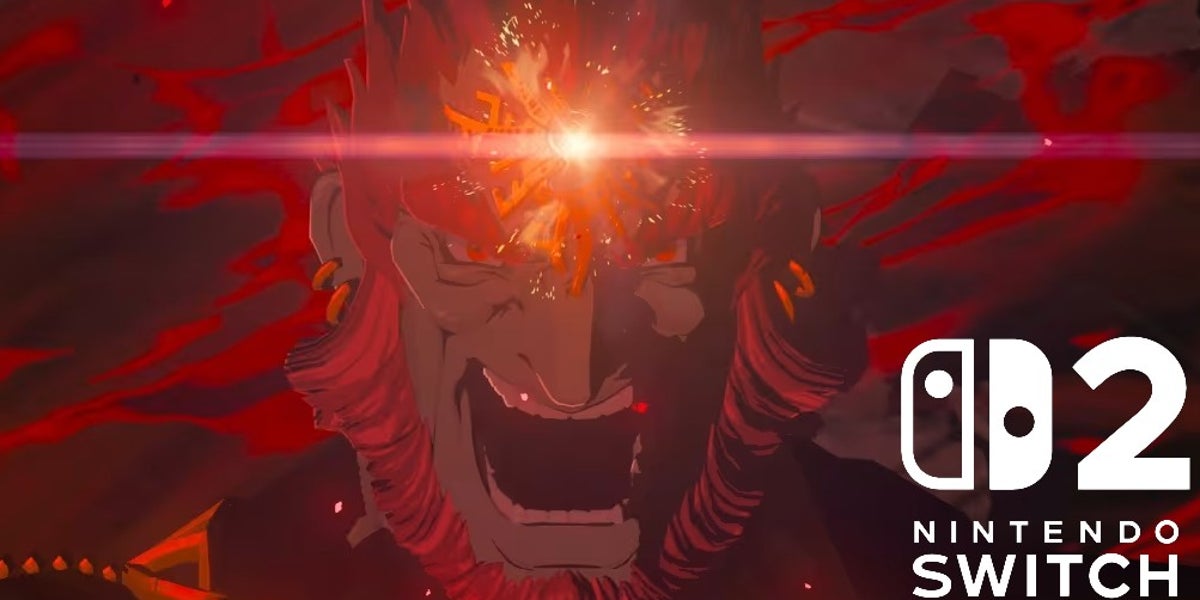Breaking: Nintendo's Next-Gen Console Hits a Snag with Backward Compatibility

Nintendo Switch 2: A New Era of Gaming with a Catch
Excitement is building around Nintendo's highly anticipated Switch 2 console, but gamers might be in for a surprising revelation. The upcoming system won't simply be a direct upgrade that plays original Switch games seamlessly. In fact, the new hardware architecture appears to be fundamentally different, creating a potential compatibility challenge for existing game libraries.
Sources close to the development suggest that the Switch 2's internal hardware is so distinct from its predecessor that native backwards compatibility might not be possible. This means players could face limitations when trying to run their current game collections on the new system.
While this news might initially disappoint fans who have invested heavily in their Switch game libraries, it's not uncommon for console generations to introduce technological shifts that prevent direct game transfers. Nintendo has historically balanced such transitions by offering alternative solutions like digital re-purchases or emulation services.
Gamers and tech enthusiasts will likely be watching closely to see how Nintendo navigates this potential compatibility challenge and what strategies they might implement to ease the transition to their next-generation gaming platform.
